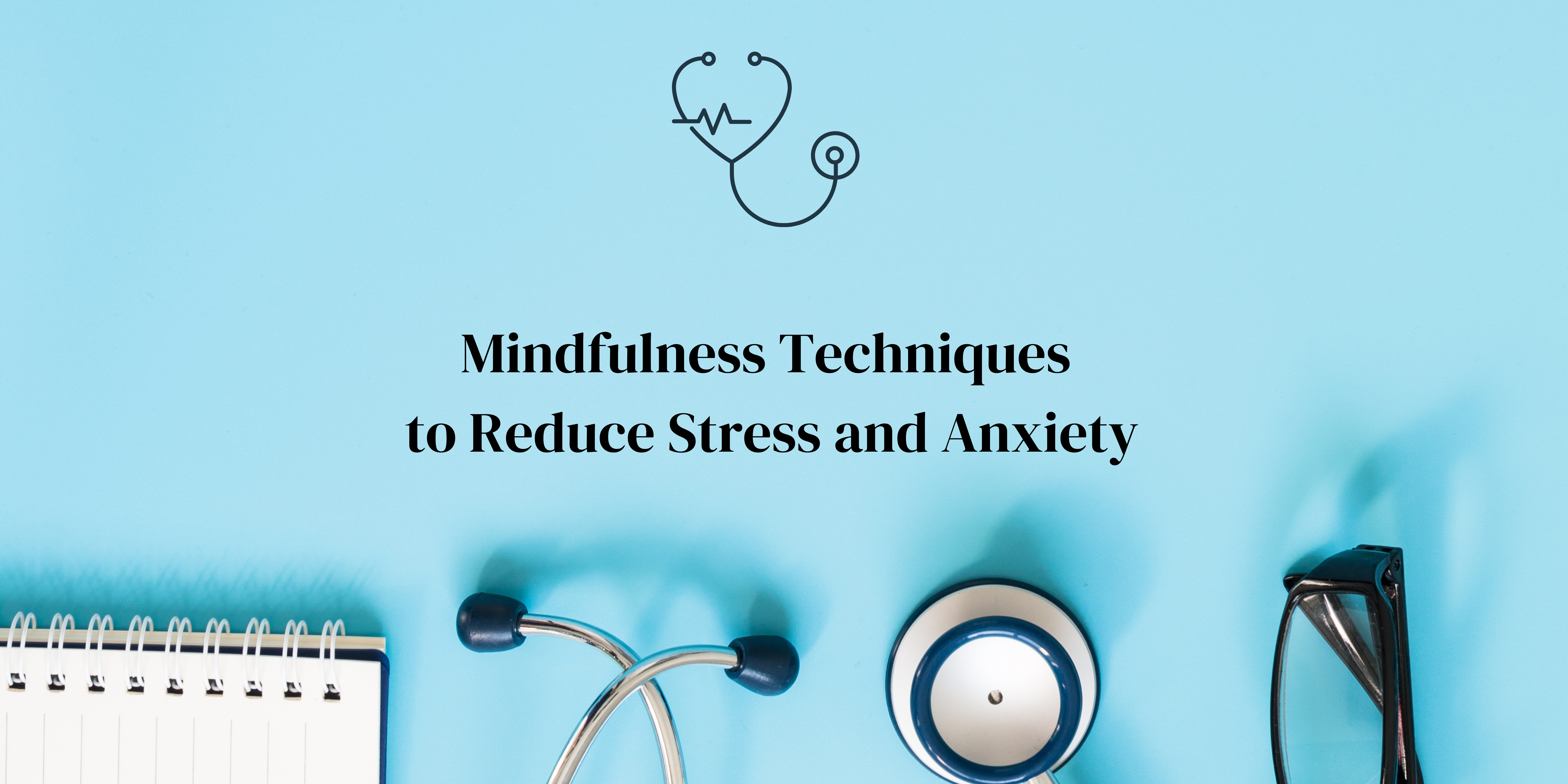1.Breathing Exercises:
Focused breathing can greatly reduce stress by slowing down your heart rate and calming your nervous system. A popular method is the 4-7-8 technique: breathe in deeply through your nose for 4 counts, hold for 7, and exhale slowly through your mouth for 8 counts. Deep belly breathing or diaphragmatic breathing also works well—place your hand on your abdomen, inhale deeply, and feel your belly rise, then exhale slowly. These exercises encourage relaxation and can be done anytime, anywhere to help control stress and anxiety.
2.Body Scan:
The body scan involves focusing on each part of your body, from head to toe, observing any sensations, tension, or discomfort. Start at your head and move downward, or vice versa, noticing how each part feels without judgment. This practice is great for releasing tension stored in different body areas and fostering a mind-body connection. It’s especially useful before sleep or during a stressful moment, helping you reconnect with your body and release accumulated stress.
3.Mindful Observation:
This technique involves closely observing your surroundings or an object, such as a plant or a cup of tea, without judgment. You might focus on colors, shapes, sounds, or textures, fully immersing yourself in the details. By practicing mindful observation, you divert attention away from anxious thoughts and bring yourself back to the present moment. This practice can also involve observing your thoughts and emotions non-judgmentally, promoting a balanced state of mind.
4.Guided Meditation:
In guided meditation, you listen to a voice guiding you through relaxing visualizations or affirmations. Apps like Calm, Headspace, or Insight Timer offer various meditations designed for different goals, including stress reduction and anxiety relief. Guided meditation is helpful for beginners, as it provides structure and focus. It can enhance relaxation by directing the mind toward a positive, calming focus, reducing mental clutter and promoting emotional balance.
5.Gratitude Practice:
Reflecting on things you’re grateful for each day helps shift focus from worries to positive aspects of your life. You might keep a gratitude journal, listing a few things you’re thankful for every day. Focusing on gratitude has been shown to improve mental health by increasing feelings of happiness and satisfaction. This technique trains the brain to notice positive aspects more easily, countering the mind’s natural tendency to dwell on stress and worries.
6.Progressive Muscle Relaxation (PMR):
In PMR, you tense and then release each muscle group in sequence, usually starting from your toes and moving up to your head. The contrast between tension and relaxation helps you become aware of where you’re holding stress, encouraging full-body relaxation. PMR is especially effective in managing physical stress and can be combined with deep breathing for added relaxation.
7.Mindful Walking:
Walking mindfully involves moving slowly and paying attention to each step and breath. Notice how your feet make contact with the ground, your breathing rhythm, and your surroundings. Mindful walking is an excellent way to practice mindfulness, as it combines movement with awareness. This technique can be done in nature for added benefits, as being outdoors can further alleviate stress.
8.Visualization:
Visualization involves imagining a peaceful scene, such as a beach or forest, in vivid detail. Picture the sights, sounds, smells, and feelings of the place to create a sensory experience in your mind. Visualization can serve as a mental “vacation,” providing a break from stress and creating a feeling of calm and safety. It’s particularly useful for managing anxiety, as it helps to ground the mind in a calming experience.
9.Journaling:
Writing down your thoughts, feelings, and worries can help clarify them, making them feel less overwhelming. Journaling is a powerful tool for managing anxiety, as it externalizes inner emotions and allows you to process them more constructively. Additionally, you can reflect on any patterns or recurring themes in your thoughts, helping you understand and address stress triggers over time.
10.Mindful Eating:
Mindful eating encourages slowing down and savoring each bite, noticing the flavors, textures, and sensations involved. This practice helps you tune into your body’s hunger and fullness cues, making eating a more enjoyable, relaxing experience. It also reduces stress by helping you focus entirely on the present meal rather than any distracting or anxious thoughts.


